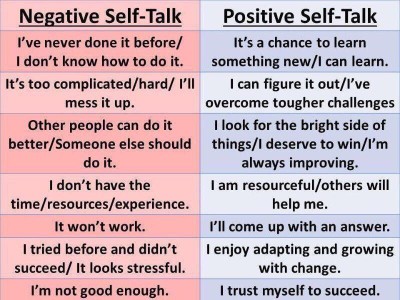By Anne Marie Allen Reflexologist, Reiki Practitioner & Massage Therapist
You may know what chakras are, you may have heard the word knocking around every now and then or maybe it’s a completely new word to you and you’re thinking what…?
Your body is much more than the physical body that you can feel, its made up of an energy body too which extends beyond the physical body and consists of many layers commonly known as the aura. Chakras pronounced “cha kra” are energy centres within the body. There are seven main common chakras, these help to regulate all the bodily functions including the emotions.
The seven main chakras are:
Base Chakra – Career, money, security, sense of belonging, our foundation, our sense of survival money, food, related to spine, rectum, legs, arms and circulation.
Sacral Chakra – Connection and ability to accept new experience and others, abundance, well-being, pleasure, sexuality, related to the reproductive organs, kidneys, bowels and immune system.
Solar Plexus – Confidence, being in control of your life, life direction, self-worth, self-esteem, ability to channel, personal power, related to central nervous system, pancreas, liver, digestive tract, skin.
Heart Chakra – Love, relationships with self and others, self-acceptance, joy, inner peace, tenderness, related to heart, thymus, lower lungs, circulatory system, immune system.
Throat Chakra – Self-expression, our ability to communicate, the truth, related to thyroid, respiratory system, teeth, vocal cords.
Third Eye Chakra – Intuition, sense of purpose, direction in life, imagination, wisdom, ability to think and make decisions, related to pituitary gland, eyes, senses.
Crown chakra – Connection to the divine, inner and outer beauty, connection to spirituality, pure bliss, related to pineal gland, brain and nervous system.
In order to feel fabulous, well, full of vitality and energy we need to take care of our chakra health. Illness and disease first start as negative energy in the aura, only when its ignored, built up and it’s reached the physical body does it manifest as illness or dis-ease. Chakras can go out of balance, life nowadays is stressful, draining and demanding. Everyday stresses can cause our chakras to go out of balance! Thankfully nourishing them and gently putting them back into balance isn’t difficult.
When our chakras are balanced we feel energised, vital, relaxed and centred, when they’re out of balance we can feel irritated, not quite our self but not sure why, emotional, irrational, angry, spiteful – an imbalance can also manifest its self as pain, illness or dis-ease.
Over the next seven months I’ll be concentrating on one chakra a month starting with the base chakra in the next newsletter. There’ll also be recipes, affirmations, hints and tips, treatment offers to help balance your chakras as well as ways you can balance your chakras at home throughout the month on Facebook, so don’t forget to like and follow us to ensure you don’t miss a thing!






 The first step in remedying this is to become aware of it. Once you’ve done that you can then start to challenge anything you are saying to yourself that might be hurtful, judgmental or critical. For some – you may be able to identify where this voice comes from – it could be a parent figure or just something you started to do when you were younger, a coping mechanism for example if you were being picked on or singled out with your friends or at school. Once you have done that, try to challenge it in a way that is gentle but assertive. A counter responsive act to neutralise your initial thought! Below are a few examples you can try…
The first step in remedying this is to become aware of it. Once you’ve done that you can then start to challenge anything you are saying to yourself that might be hurtful, judgmental or critical. For some – you may be able to identify where this voice comes from – it could be a parent figure or just something you started to do when you were younger, a coping mechanism for example if you were being picked on or singled out with your friends or at school. Once you have done that, try to challenge it in a way that is gentle but assertive. A counter responsive act to neutralise your initial thought! Below are a few examples you can try… Lastly, think of yourself in the same way you would a good friend or a loving family member and ask yourself would you speak to them that way? The answer will undoubtedly be no, you wouldn’t. So why talk to yourself that way. You deserve better, you are better, you are now and will always be a work in progress just like everyone else. Give yourself and show yourself a little compassion, a little kindness along with a dollop of patience and love. How we speak to ourselves will have a direct influence on how we work with others, approach opportunities and shape our perspectives on day to day living. Start where you are. Start with you.
Lastly, think of yourself in the same way you would a good friend or a loving family member and ask yourself would you speak to them that way? The answer will undoubtedly be no, you wouldn’t. So why talk to yourself that way. You deserve better, you are better, you are now and will always be a work in progress just like everyone else. Give yourself and show yourself a little compassion, a little kindness along with a dollop of patience and love. How we speak to ourselves will have a direct influence on how we work with others, approach opportunities and shape our perspectives on day to day living. Start where you are. Start with you.